Deep Learning is a powerful domain of Artificial Intelligence. The name Deep Learning is self-explanatory and implies in-depth learning in a particular subject or field or problem to arrive at a solution. Deep learning involves some fundamental neural network architecture on Transformers, LSTMs Convolutional Neural Networks, Recurrent Neural Networks, etc. You can see autonomous cars soon that involve the foundation of a Deep Learning Neural network and provides a complex driving solution.
The below diagram shows how every node is connected in Deep Learning:
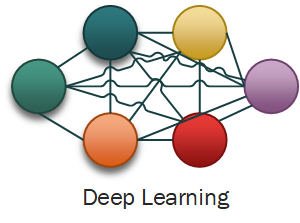
Google does billions of translations every day using Deep Learning Neural Network. Facebook makes more than 4.5 billion translations every day using Deep Learning Neural Network. Facebook AI enables developers to develop games, image recognition checks, Document classification, etc.
Deep Learning can tackle complete problems and process huge amounts of data to find the best possible solution for a given problem. Google images are one such example where billions of images are classified to provide the correct images when searched on Google. Video recommendations and speech recognition are other good examples of deep learning that serves everyday humans.
Definition
Deep learning is a class of machine learning algorithms that uses multiple layers to progressively extract higher-level features from the raw input.
The core part of deep learning is Neural Networks. A Neural network consists of artificial neurons like our biological neurons. Discussion on biological neurons will be out of scope for this article, so, I will not go into it. For understanding purposes, the below image of biological neurons can show how complex it is.

Biological Neuron
McCulloch and Pitts have developed a computational model that mimics the biological neurons. Later Artificial neurons were developed based on this model. If you would have studied Logical operations in Mathematics, it is the same as neurons.
This is a sample representation of McCulloch and Pitts computational neurons.
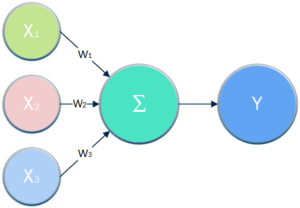
McCulloch and Pitts computational neurons
The neural network consists of many layers. This can broadly classify into three layers:
- Input layer – What input data we give to the neural network?
- Hidden layers – Consist of single or many layers inside
- Output layer – The output received after given input(s) and processed by single or many hidden layers
Deep Learning Algorithms Recipes:
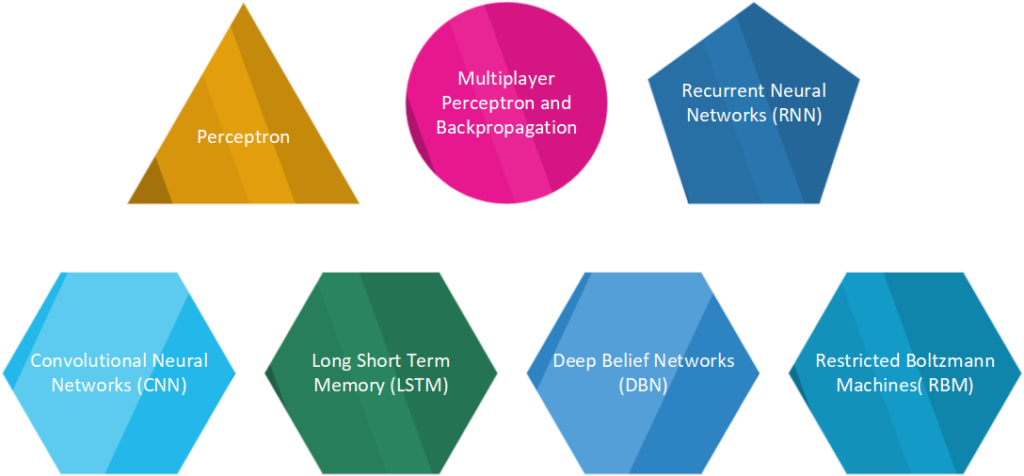
- Perceptron
- Multiplayer Perceptron and Backpropagation
- Recurrent Neural Networks (RNN)
- Convolutional Neural Networks (CNN)
- Long Short Term Memory (LSTM)
- Deep Belief Networks (DBN)
- Restricted Boltzmann Machines( RBM)
The above deep learning algorithms can solve different problems for different instances. We can also combine two or more algorithms to provide better solutions sometimes. There are many readymade libraries available for the above algorithms which can be used rather than writing from scratch.
Let’s see an example of the PyText library for Deep Learning:
PyText is a deep learning-based NLP modeling framework built on PyTorch and used by Facebook. PyText uses a combination of few algorithms, for example, Document Classification consists of built-on Convolutional Neural Networks (CNN) and Recurrent Neural Networks (RNN). PyText allows developers to use their datasets for efficient distributed training to train custom models for different NLP tasks. With the Pytext library, we can perform
- Document classification
- Sequence tagging
- Semantic parsing
- Multi-task learning
Deep learning helps many industries to innovate products, building new processes, and predict the exact outcome.
Deep Learning, Artificial Intelligence, and Machine Learning are going to have a big future, so biting a small pie now will bring a bright future for us.
Read AI and Machine Learning articles:
AI Talkbot Personal Assistant Using Neural Networks and NLP
Fundamental Concepts of Machine Learning
Predict Customer SO Price Using ML Supervised Learning: Expectations vs. Reality
Artificial Intelligence Chatbot Using Neural Network and Natural Language Processing

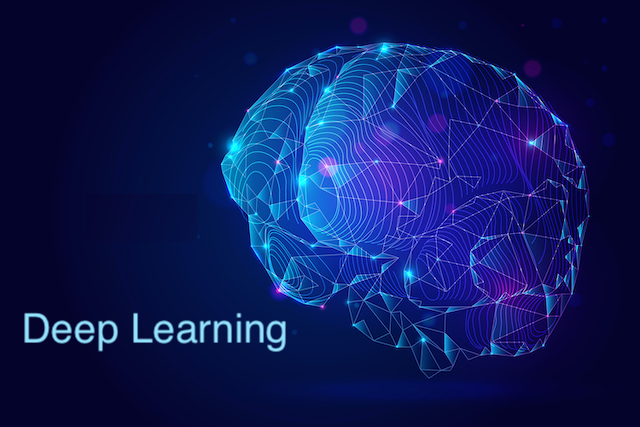
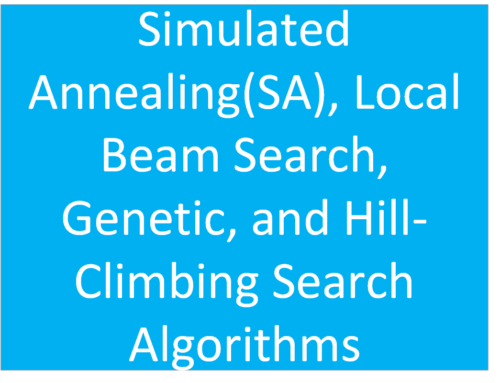
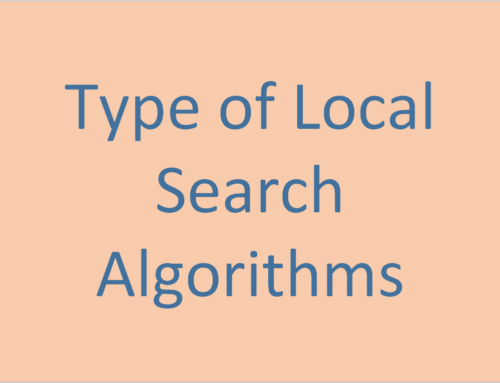
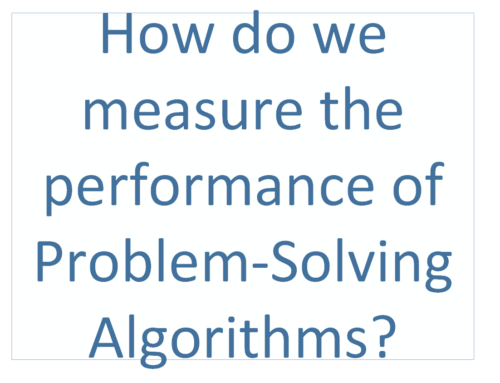
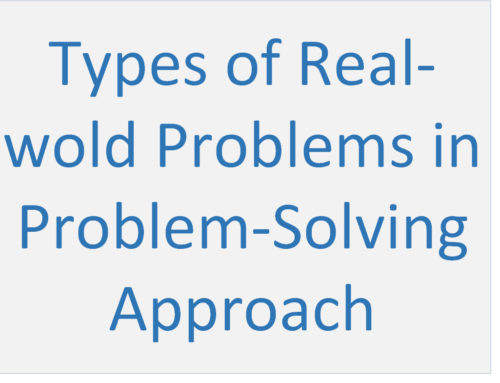
Leave A Comment